Engineering Design
-

Teen gymnast finds how best to keep her grip
Unsatisfied with anecdotal opinions on which type of gymnastics chalk was best, a teen used science to find out for herself.
-
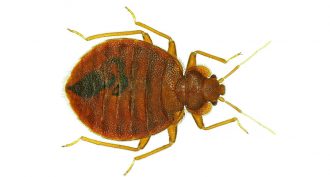 Health & Medicine
Health & MedicineBed bugs have favorite colors
Bed bugs change their color preferences as they get older. Adults like red and black, which may help the dark bugs avoid predators.
-
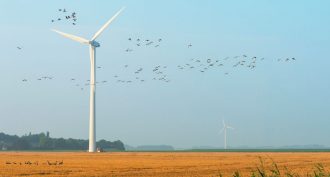 Tech
TechWhere did that turbine blade get smacked?
A new technique can help engineers figure out where a bird or other object collided with a wind turbine or other whirling blade.
By Sid Perkins -
 Brain
BrainSmall region of brain recognizes facial expressions
Scientists identify the brain region responsible for recognizing facial expressions in others. It helps us know whether others are happy or sad.
-
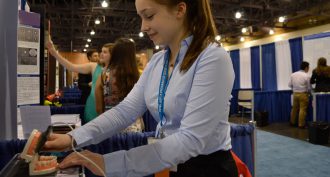 Tech
TechControl a computer with your tongue
Thousands of severely paralyzed people could venture into cyberspace with the use of this new tongue-controlled computer mouse. It was developed by a teen.
By Sid Perkins -
 Tech
TechTeens invent way to keep floodwaters out of subways
Two New York teens have designed an inexpensive subway grate to block floodwaters from getting into subway tunnels.
By Sid Perkins -
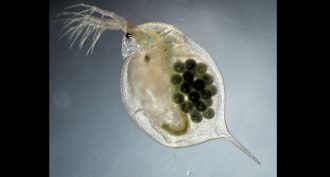 Earth
EarthCommon water pollutants hurt freshwater organisms
The germ killers we use and the drugs we take don’t just disappear. They can end up in the environment. There they can harm aquatic organisms, three teens showed.
-
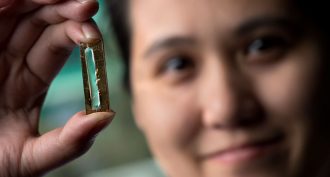 Materials Science
Materials ScienceNanowires could lead to super-long-lived battery
Scientists have long been looking for ways to make rechargeable batteries that last forever. They now may be close. Their solution: gel-dipped nanowires.
By Lela Nargi -
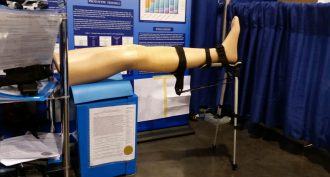 Health & Medicine
Health & MedicineInjured leg? Here’s a built-in footstool
Sometimes doctors advise people to keep a leg elevated, but there’s no footstool to rest it on. A teen designed a brace with a built-in kickstand.
By Sid Perkins -
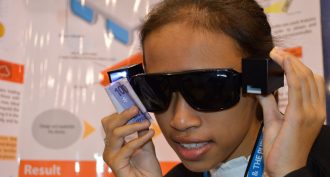 Tech
TechNew device identifies money by its color
Two teens have invented a gadget that can help the blind identify the value of a banknote based on its color.
By Sid Perkins -
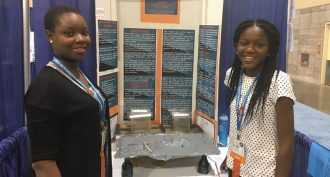
Teens share what inspired them in STEM
What inspires kids to pursue science, technology, engineering and math? These teens share their stories.
-
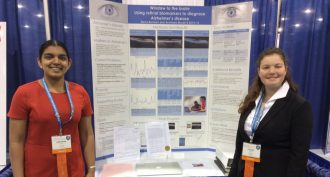 Brain
BrainEyes offer new window into Alzheimer’s disease
The eye’s retina is distinctly different in people with Alzheimer’s disease compared to those with no signs of the malady, two teens now report finding. It could lead to earlier diagnosis of the brain disease.
By Sid Perkins